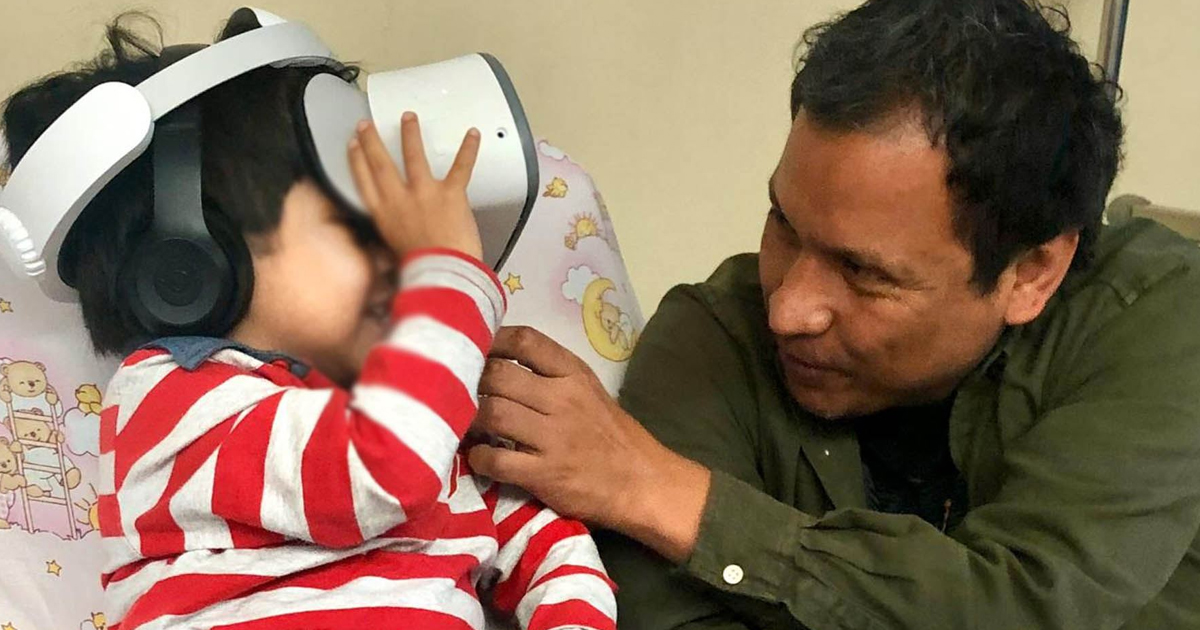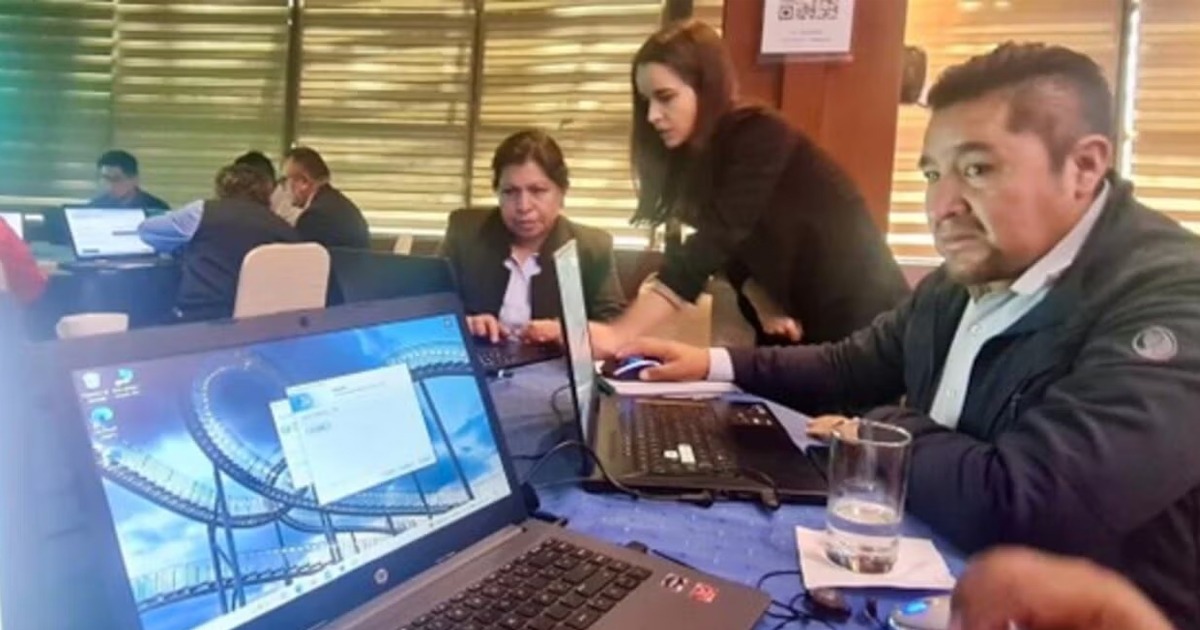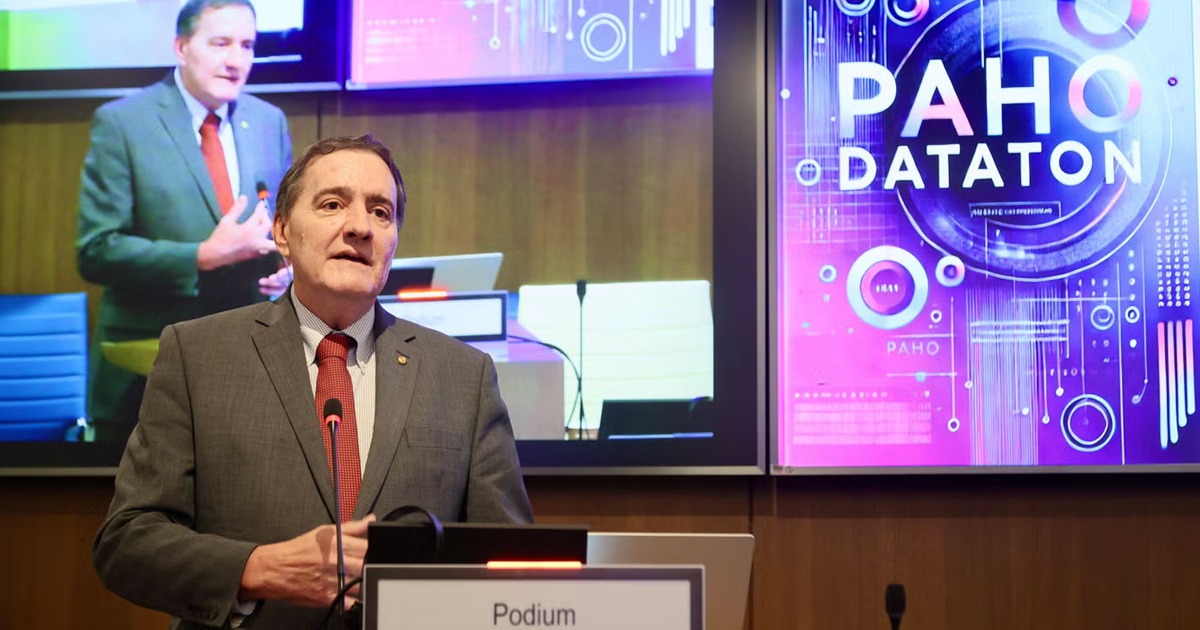This technology developed in Peru has been implemented in health centers such as the National Institute of Neoplastic Diseases (INEN) and the National Institute of Children's Health in San Borja. Virtual reality seeks to reduce the feeling of pain suffered by patients through different techniques.
Through the virtual reality software (VR), developed in Peru, VR Pain FeelsGood, seeks to reduce the sensations of pain to children who are being treated for cancer and other medical procedures. The level of stress and anxiety is reduced due to the inverted environment generated by the use of the technology, which consists in a virtual reality viewer and headphones.
According to the official newspaper El Peruano, this tool allows users to change their sense of temporality, making them feel that less time has passed during long medical procedures.

VR Pain FeelsGood is a beneficiary of the Innóvate Perú program, an initiative of the Peruvian government for the development of entrepreneurship, productive development and institutions of the ecosystem. The results we have had have been very favorable. "Currently we have impacted more than 10 thousand painless procedures, where we have also managed to reduce stress and anxiety levels in venipuncture procedures. We are present in four countries (Peru, Brazil, Colombia and Mexico), in March in Ecuador delivering our product in three hospitals," explained Luis Rodriguez CEO of the startup.
The research stage included the advice of health specialists, for the identification of an effective procedure. After deciding to use RV technology, pilot tests were carried out at the National Institute of Neoplastic Diseases (NEN) and the Neoplastic National Institute of Children's Health in San Borja. "The care was initially tested on children with cancer, since children with this disease are pricked many times. But currently it is also used for children with hemophilia and in bone marrow transplants," said Rodriguez.
Rodriguez accepts that the innovation is focused on acute pain and its control or reduction; however, they plan to carry out a similar technology, but one that is applicable to chronic pain, for example, to patients with burns. Thus, in the upcoming months they will start developing specialized technology for physiotherapeutic rehabilitation based on technologies such as telemedicine.





